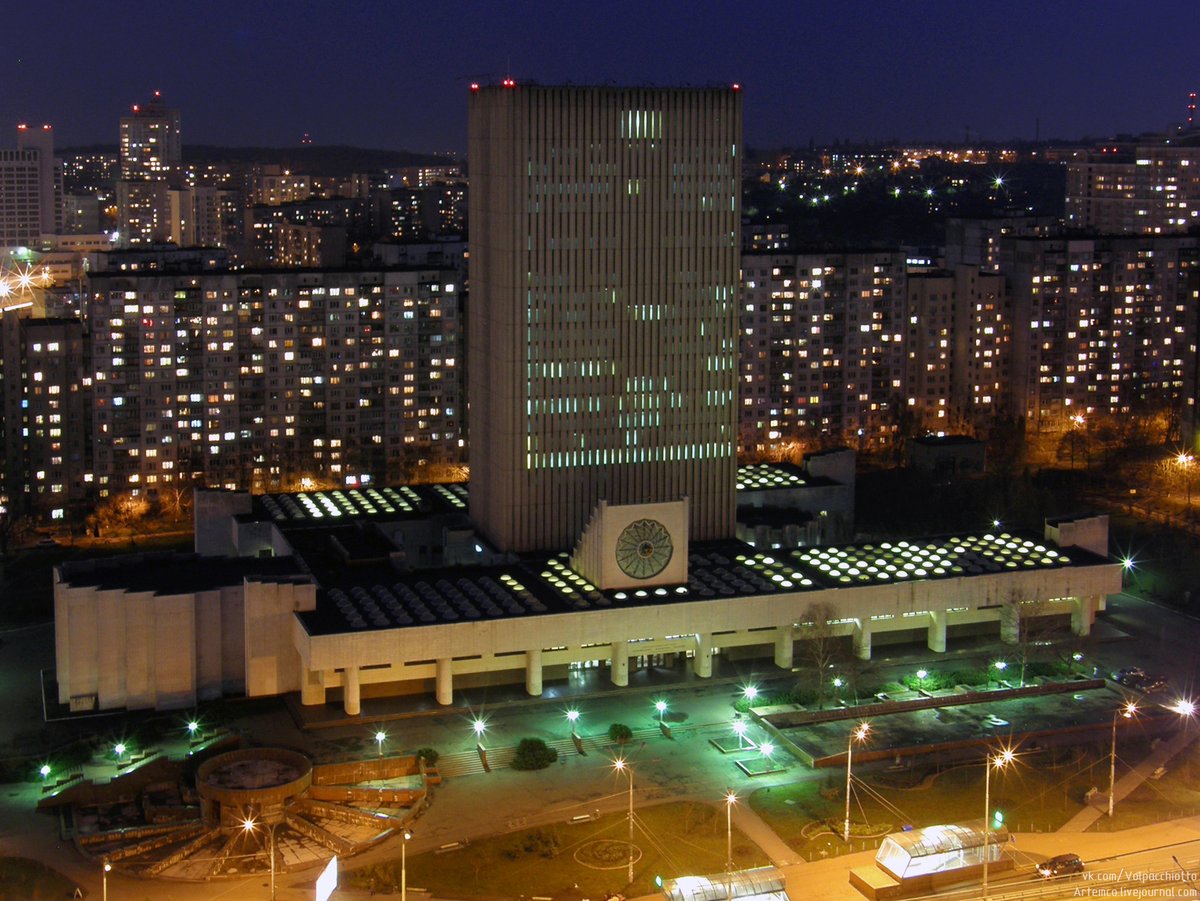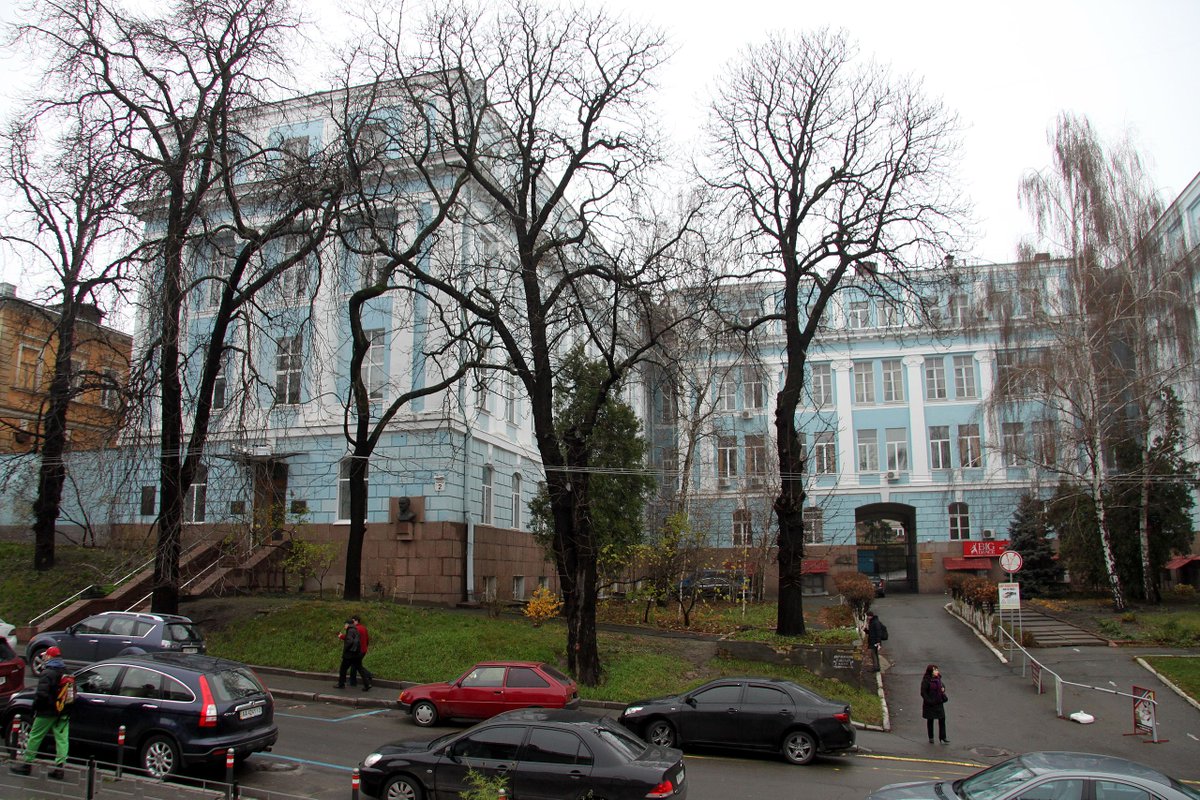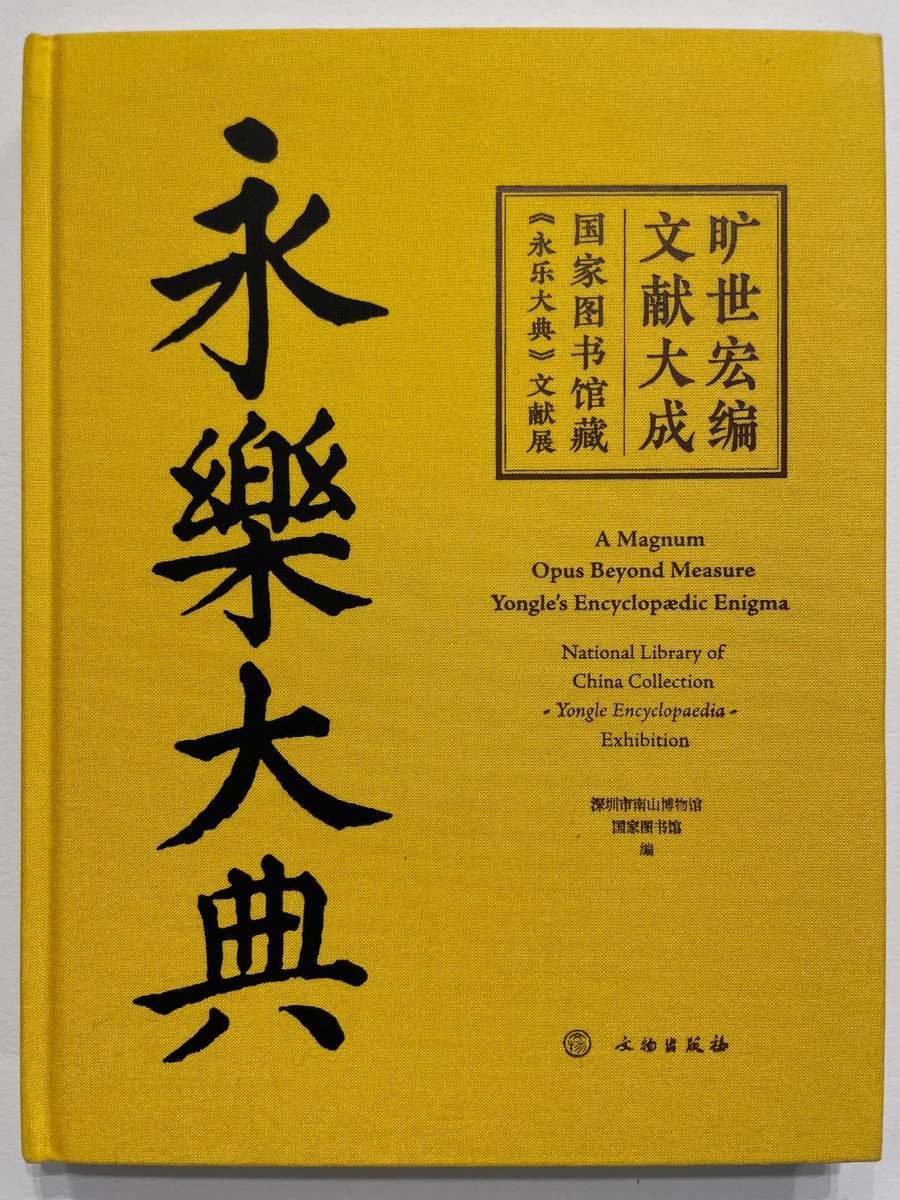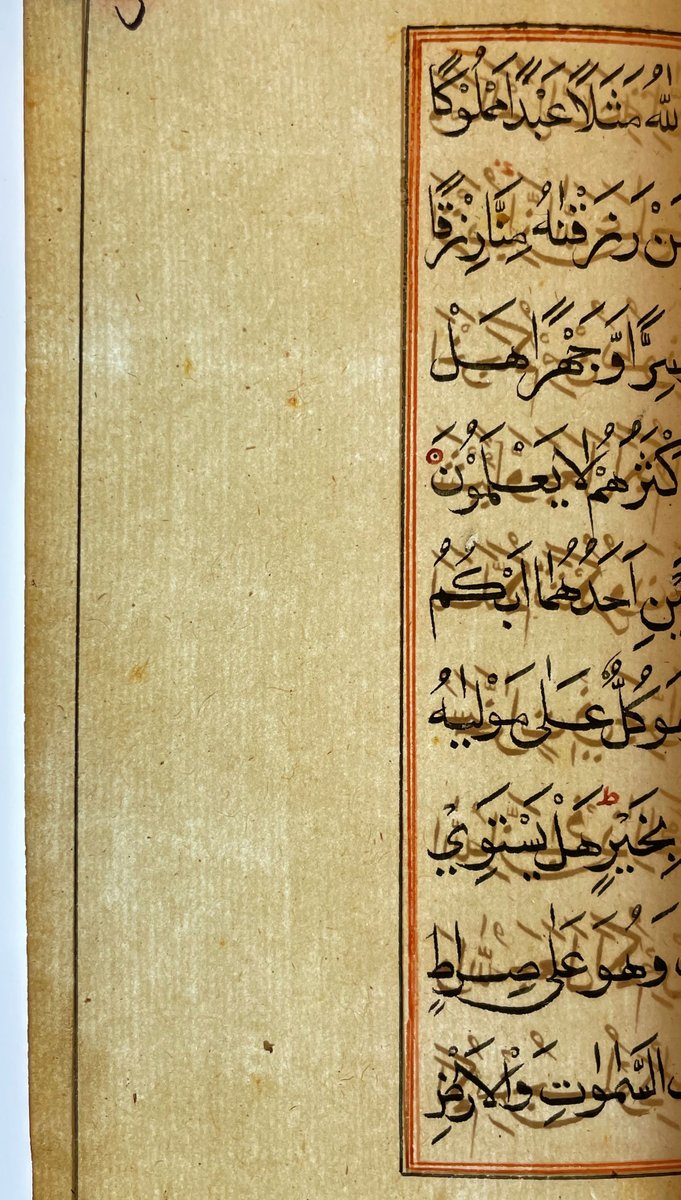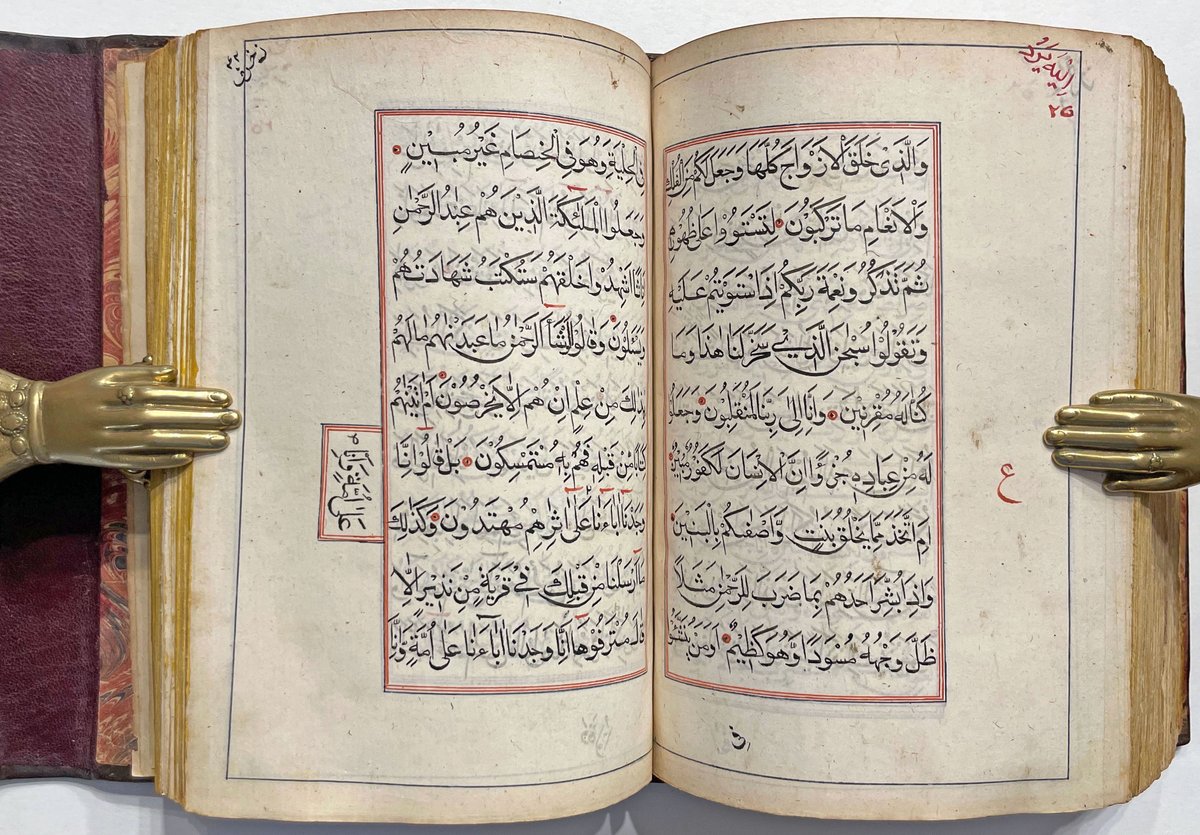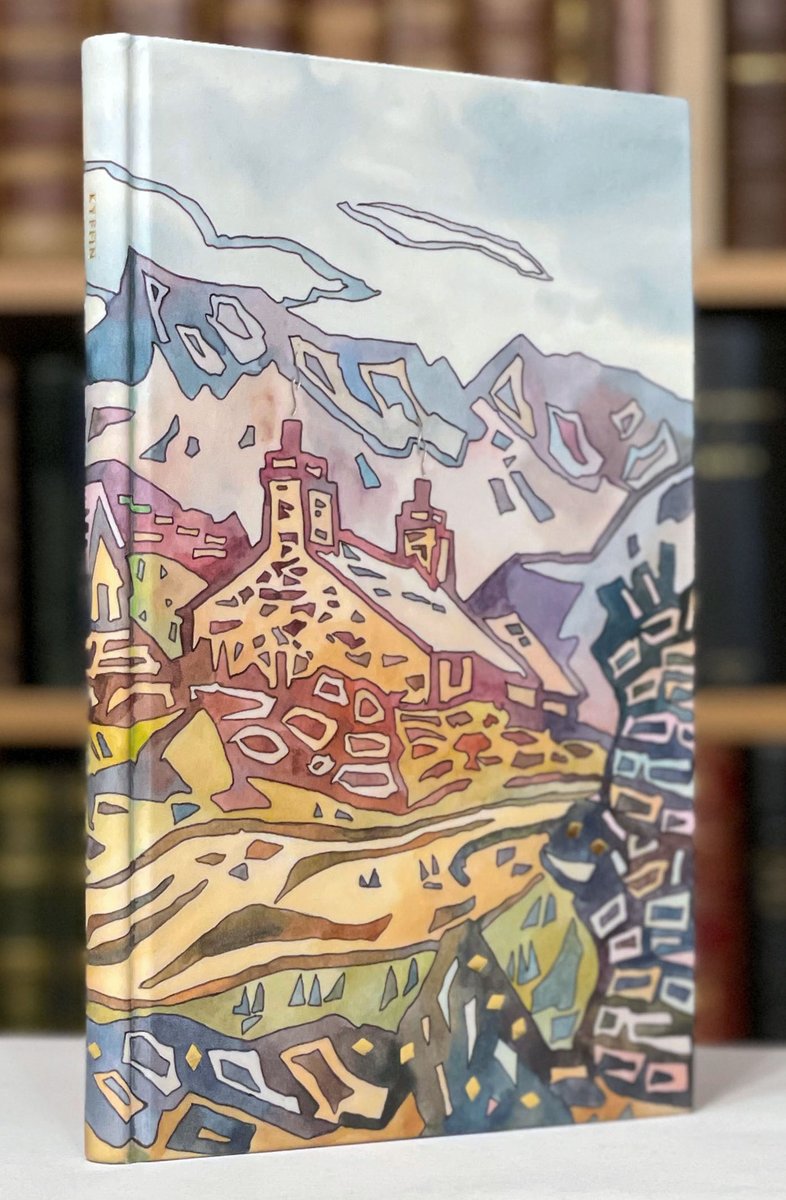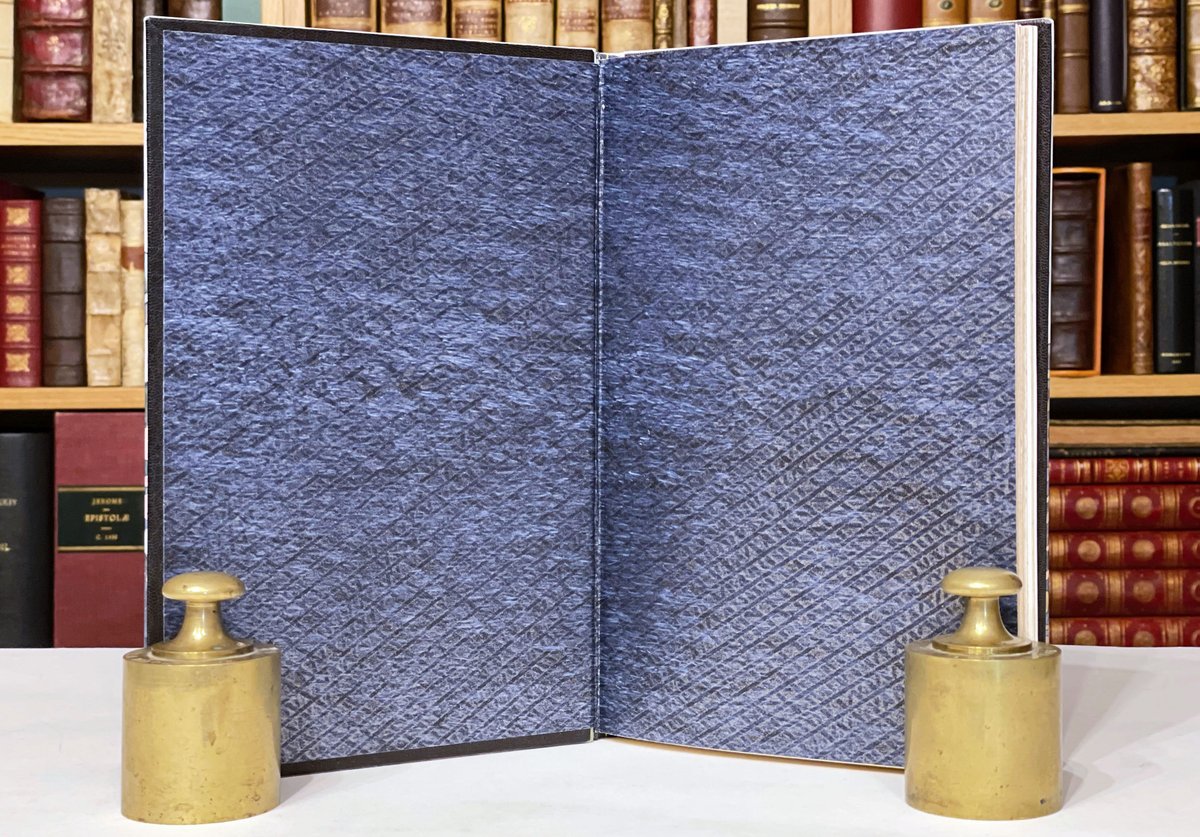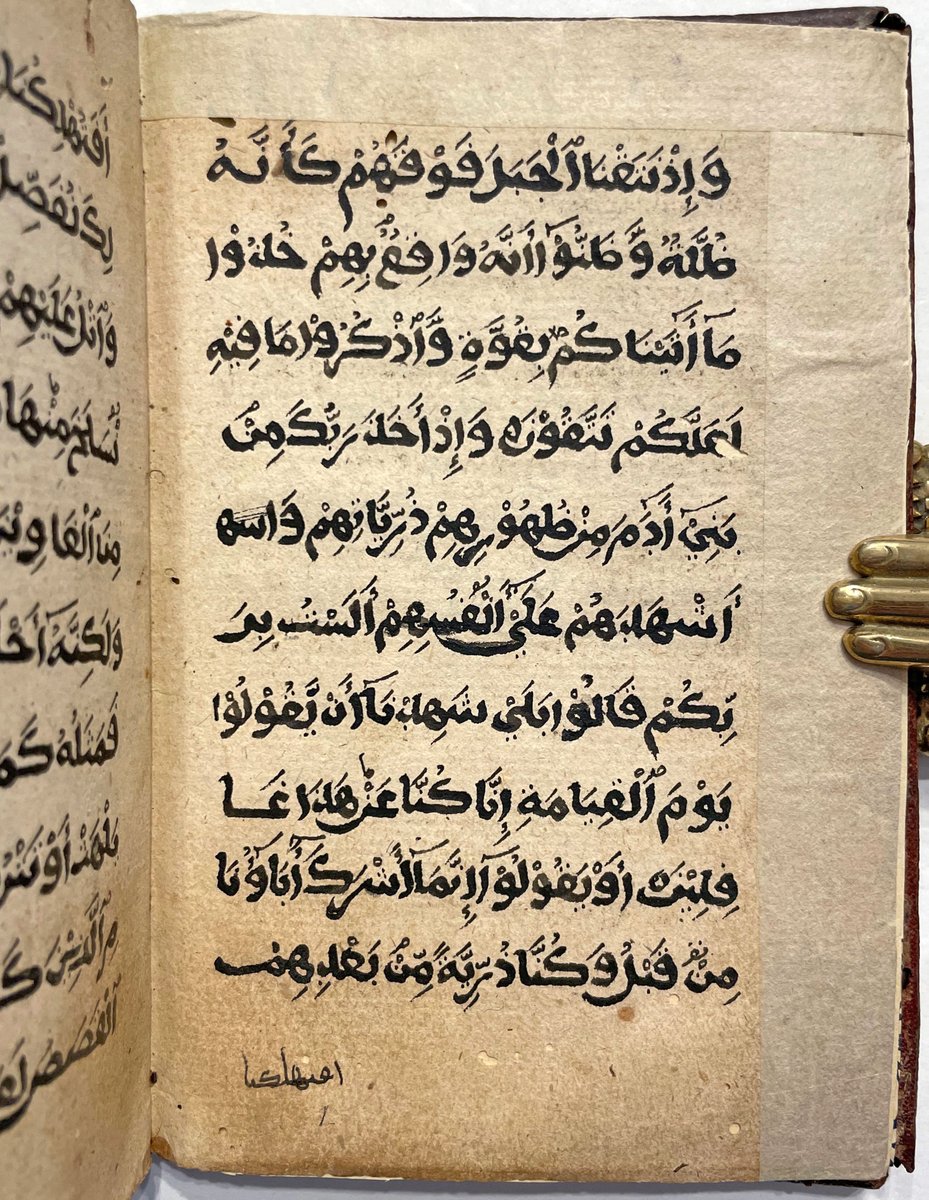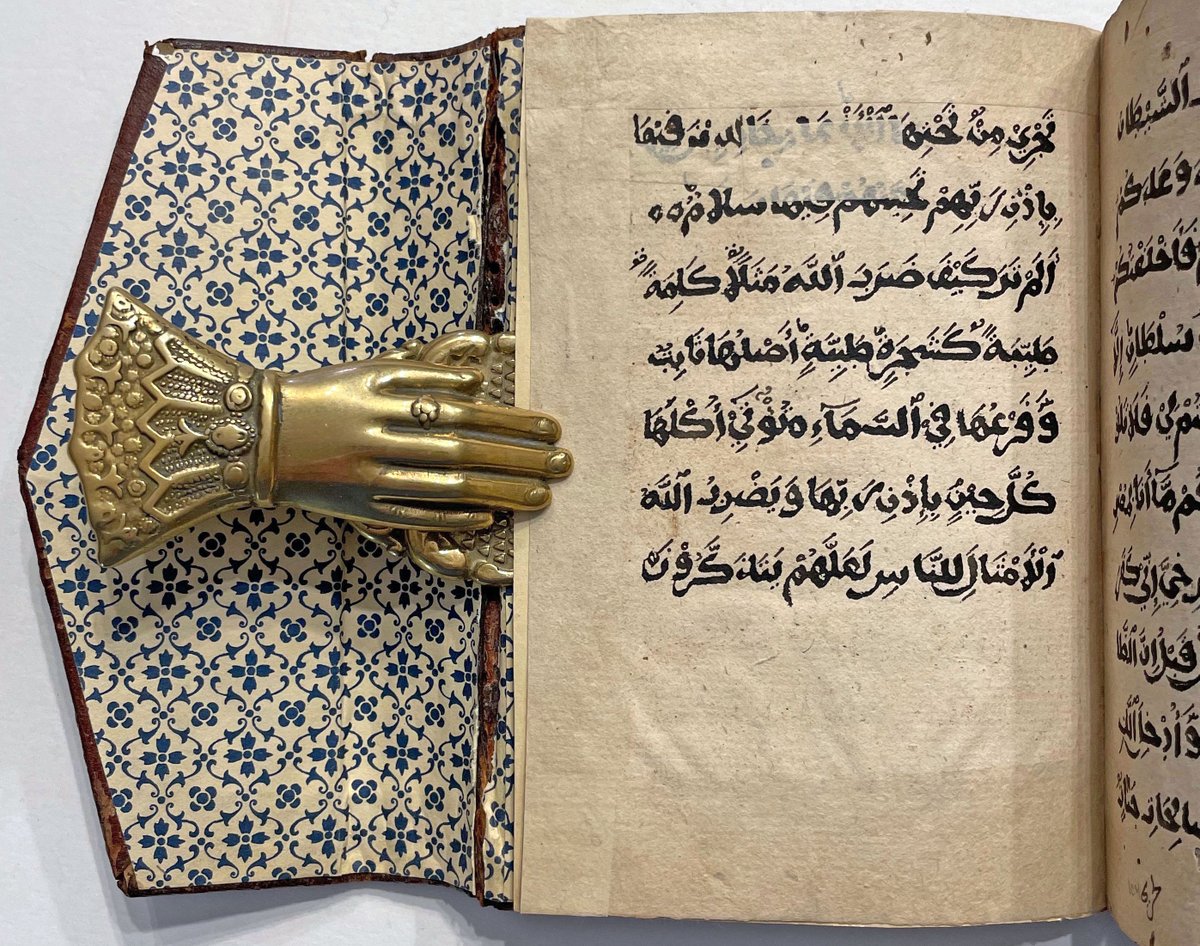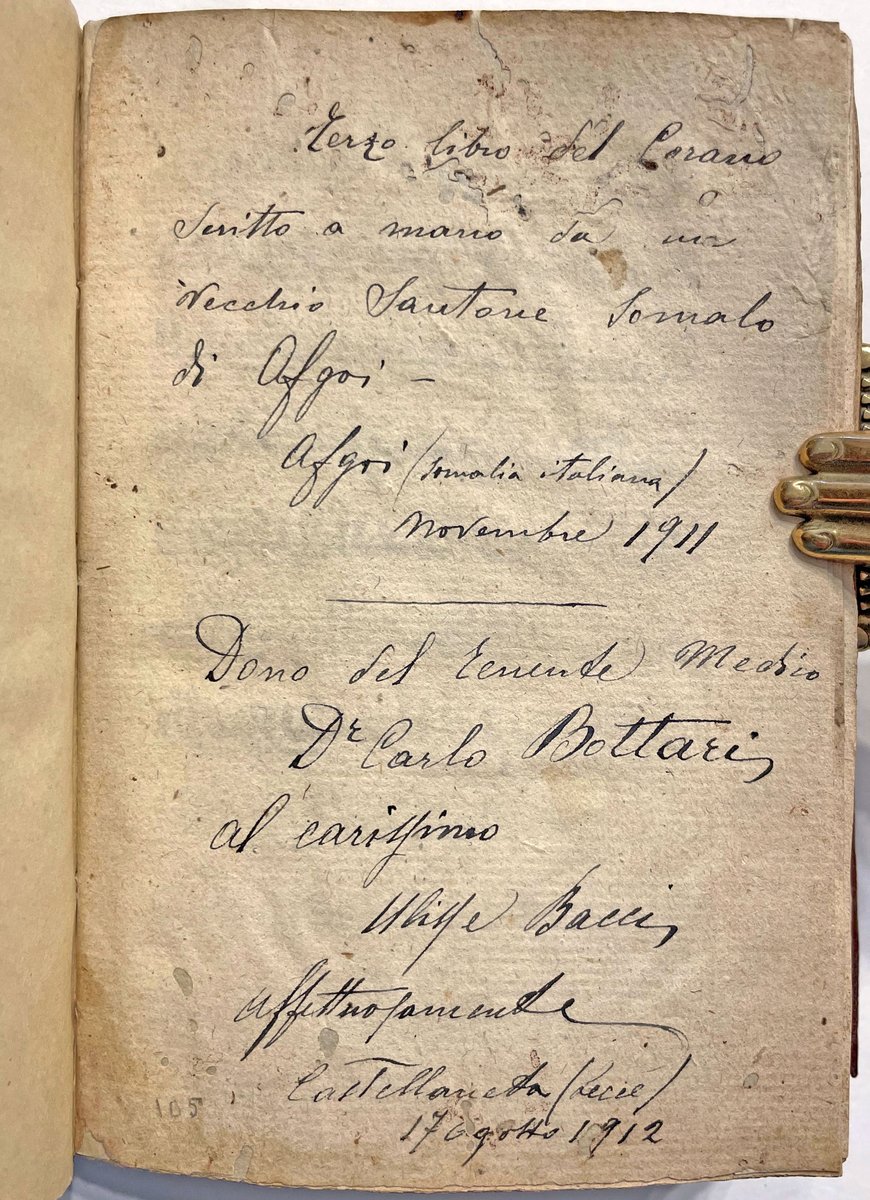
All six Ukrainian Presidents since 1991, including Volodymyr Zelensky, have taken the oath of office on this book: the 16th century Peresopnytsia Gospels [Ukrainian: Пересопницьке Євангеліє], one of the most remarkably illuminated of all surviving East Slavic manuscripts. 1/ 

The Peresopnytsia Gospels were written between 15 August 1556 and 29 August 1561, at the Monastery of the Holy Trinity in Iziaslav, and the Monastery of the Mother of God in Peresopnytsia, Volyn'. The scribe was Mykhailo Vasyl’ovych, son of an archpriest from Sianik. 2/ 

The Peresopnytsia Gospels are held in the Vernadsky National Library of Ukraine, in Kyiv. Its collection holds more than 15 million items, making it the 20th-largest library in the world. 3/ 

This manuscript is the earliest complete surviving example of a vernacular Old Ukrainian translation of the Gospels. Its richly ornamented miniatures belong to the very highest achievements of the artistic tradition of the Ukrainian and Eastern Slavonic icon school. 4/ 

The Peresopnytsya Gospels were commissioned in 1556 by Princess Nastacia Yuriyivna Zheslavska-Holshanska of Volyn, and her daughter and her son-in-law, Yevdokiya and Ivan Fedorovych Czartoryski. After its completion the book was kept in the Peresopnytsya Monastery. 5/ 

This is Matthew 19:1 from the Peresopnytsia Gospels. The word "ukrainy" (оукраины) in this excerpt corresponds to "coasts" (KJV Bible) or "region" (NIV Bible). 6/ 

The manuscript mentions the name of the monk Hryhoriy, Archimandrite of Peresopnytsia, who was responsible for the translation into Old Ukrainian. The scribe records that he prayed day and night that "the Lord will allow him to see his end." 7/ 

The Peresopnytsia Gospels were translated into Old Ukrainian from the Church Slavonic language of the Bulgarian edition. The Gospel of Luke is the closest to the vernacular. The work also uses Greek and West Slavic, most likely Polish, source texts. 8/ 

The content of the manuscript is the traditional Orthodox Four Gospels, but the text, in the typical Western Slavic tradition, is divided into chapters each of which begins with a summary of the coming chapter, as well as extensive glosses. 9/ 

The last entry in the Peresopnytsia monastery inventory for this Gospel book dates back to 1600. Most probably, the Gospels were kept there until 1630, when the monastery, together with its property and land, passed into the possession of the Jesuits. 10/ 



Apparently, after the Peresopnytsia monastery became a Jesuit college, the Gospel book was taken away by Orthodox monks. It's fate in this next period is unclear, but almost 150 years later, thanks to an entry in Latin at the beginning of the manuscript, we learn.... 11/ 



..... that on April 16, 1701, Ivan Stepanovych Mazepa, Hetman of the Zaporizhian Host in 1687–1708 donated this book to the Pereyaslav Cathedral, built at his own expense. Purportedly, when Hetman Mazepa was in Volhynia, the manuscript was given to him by local Cossacks. 12/ 

Hetman of the Zaporizhian Host (Ukrainian: Гетьман Війська Запорозького) was the title of the ruler of the Cossack Hetmanate, a state which existed in what is today Central Ukraine from 1648 to 1764. 13/ 

In a fascinating example of how Ukrainian history is indelibly intertwined with the history of both Europe and the Near East, the same Hetman, Ivan Stepanovych Mazepa, was a key sponsor of the Ottoman Empire's first Arabic script printing press in Aleppo. 14/ HT @antonhowes 

For a century, the Gospels were regularly used at Pereyaslav Cathedral. When the Ukrainian Church finally fell under the control of the Russian Synod and Russian bishops were appointed, these Ukrainian Gospels were transferred to the library as "unnecessary for worship." 15/ 
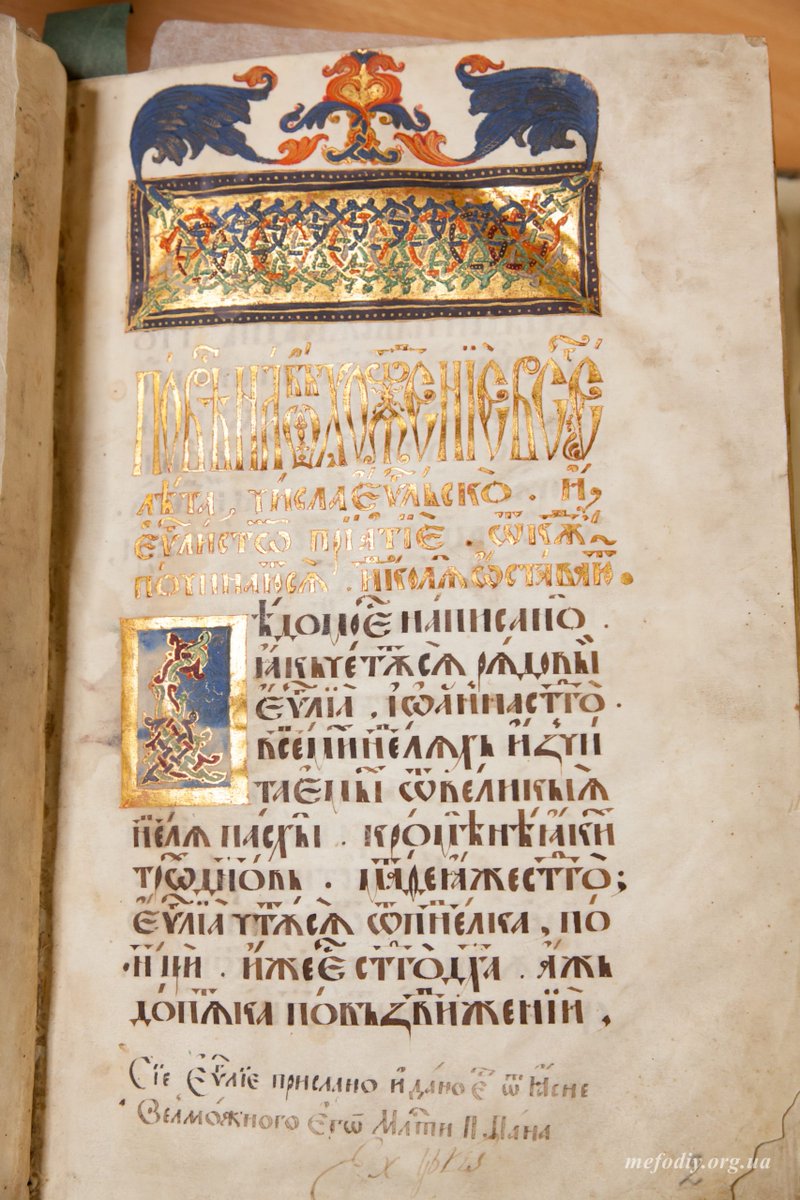
In the early 19th century, the book was in the library of the Pereyaslav Theological Seminary, where the poet Taras Shevchenko saw it in 1845, when he inspected it on behalf of the Kyiv Archaeological Commission and noted in particular the Ukrainian language of the text. 16/ 

In 1862, the seminary - and its library - was transferred from Pereyaslav to Poltava. The book was removed from the seminary library by order of the Minister of Education and Chief Prosecutor of the Holy Synod, Count D. Tolstoy. 17/
He reported it as an important historic relic to the Russian Emperor Alexander II, who arranged for it to be bought by Grand Duke Peter Georgievich, Prince of Oldenburg. After the Prince's death the book was returned to the seminary library. 18/
In the early twentieth century, the manuscript was transferred to the Poltava library. Here it was studied by the literary critic VM Peretz (1870–1935) and the philologist and paleographer OS Gruzinsky (1881–1954). 19/
During the Second World War, in 1941, as the German forces approached Poltava, the head of the local museum put the Peresopnytsia Gospels in a porcelain box, and evacuated them to Ufa in Bashkortostan. 70,000 volumes that remained in Poltava were destroyed by bombing. 20/ 
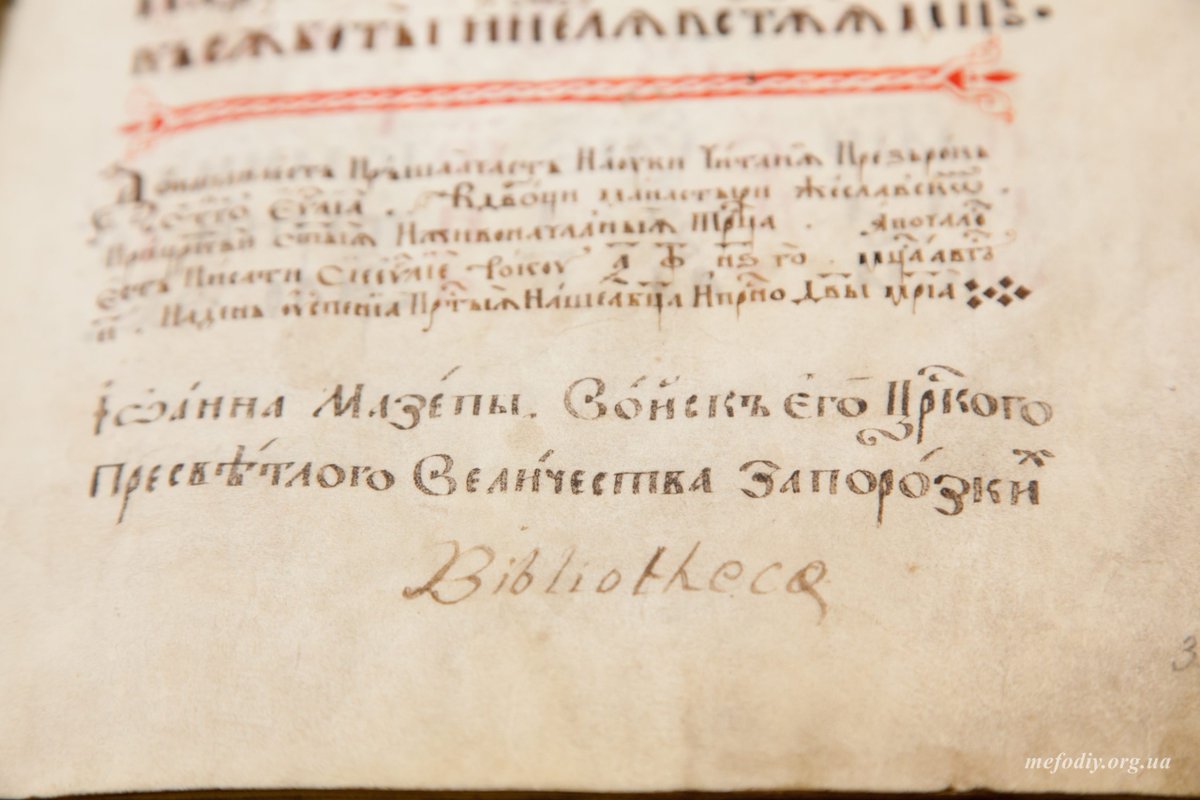
After the war, the Peresopnytsia Gospels ended up in the Kyiv-Pechersk Lavra, the historic Kyiv Monastery of the Caves, where the book initially lay unrecognized. In 1948, it was rediscovered and transferred to the Vernadsky National Library in Kyiv, where it still remains. 21/ 

It's this library, in the heart of Kyiv, which is right now, today, under direct threat of Russian missiles and bombs. 22/ 

The Peresopnytsia Gospels have become a political symbol of the Ukrainian nation - every President of Ukraine has sworn his oath of office on the Peresopnytsia Gospels during his inauguration. At the moment of the oath, the President lays his hand on this Gospels.... 23/ 
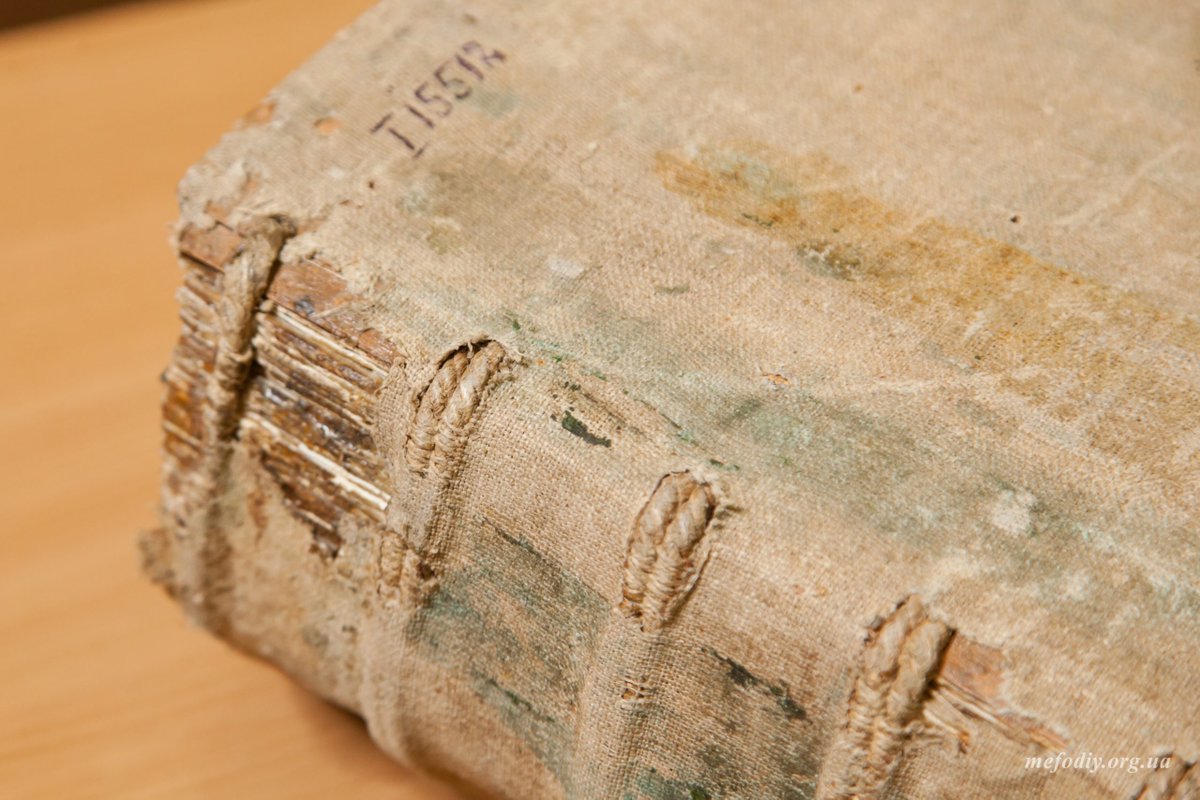
and he promises to be faithful not only to the laws of Man, but also to the laws of God:
"I undertake to defend the sovereignty and independence of Ukraine in all my affairs , to care for the good of the Fatherland and the welfare of the Ukrainian people...." 24/
"I undertake to defend the sovereignty and independence of Ukraine in all my affairs , to care for the good of the Fatherland and the welfare of the Ukrainian people...." 24/

"to defend the rights and freedoms of citizens, to abide by the Constitution of Ukraine and the laws of Ukraine, to fulfill my duties, and to raise the authority of Ukraine in the world." 25/
Thank you for reading what's become a very long thread. Please keep the people of Kyiv and of all Ukraine in your thoughts, and in your prayers. 26/
Слава Україні! Героям слава!
Слава Україні! Героям слава!

• • •
Missing some Tweet in this thread? You can try to
force a refresh


